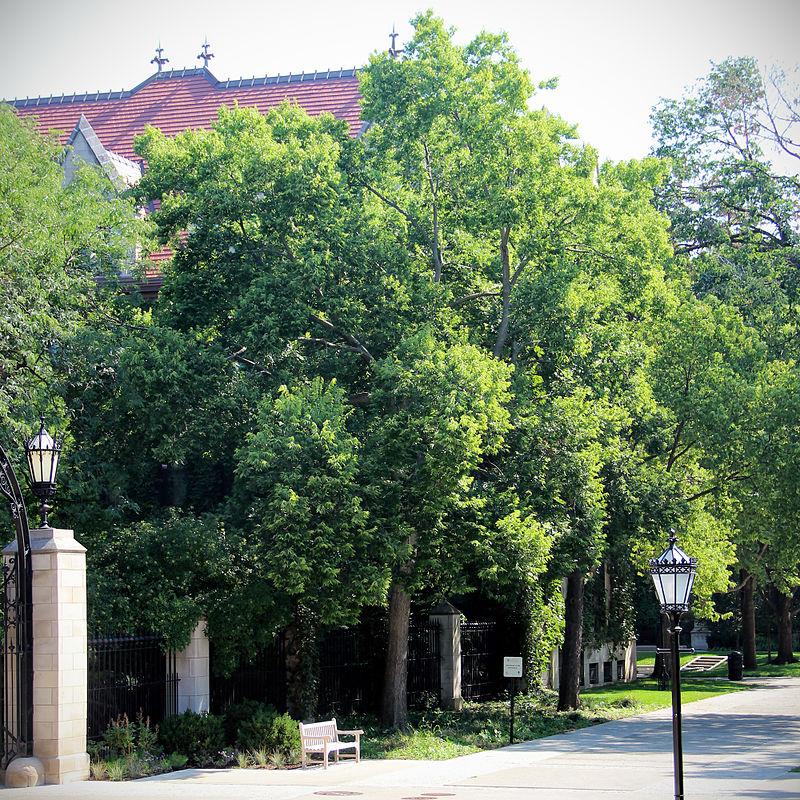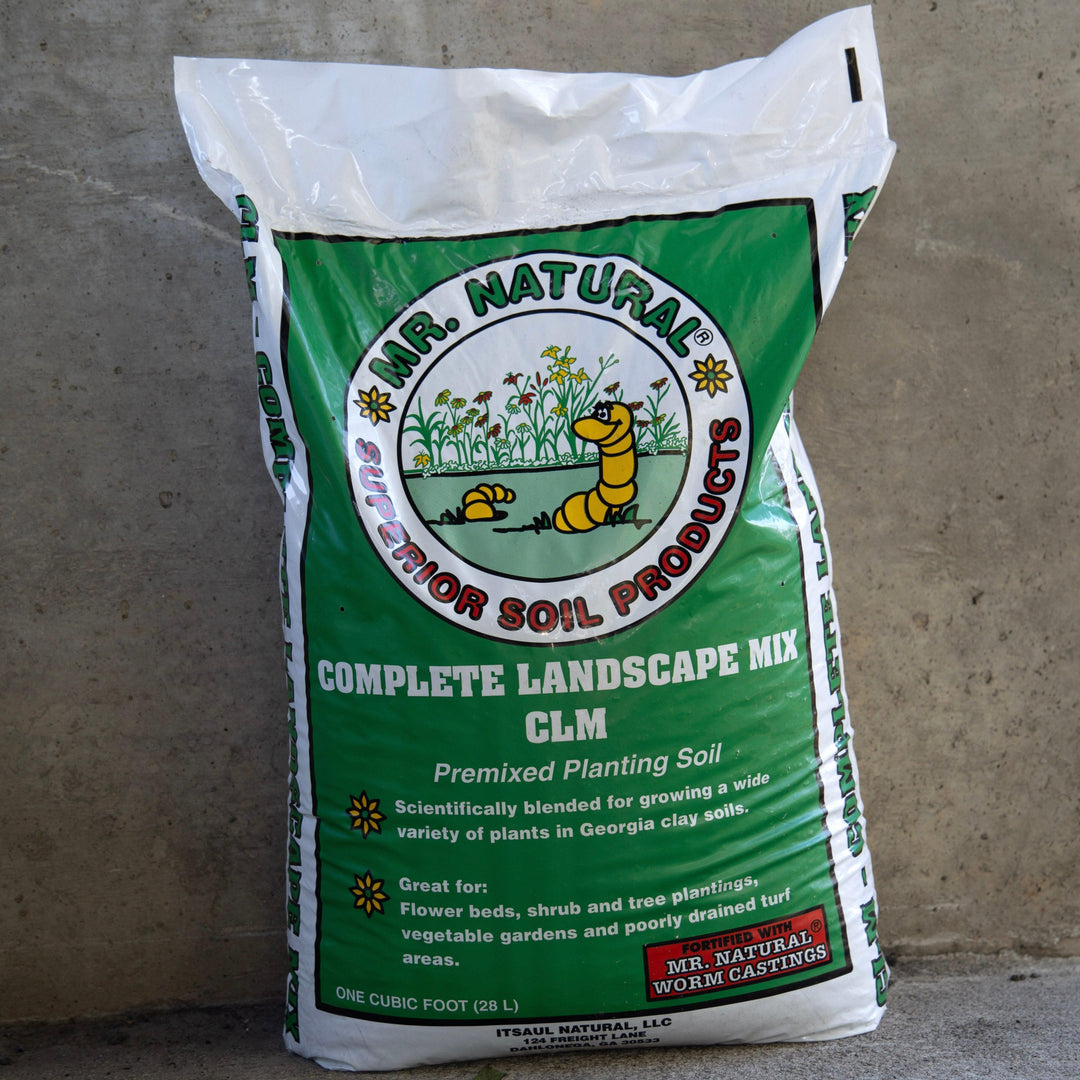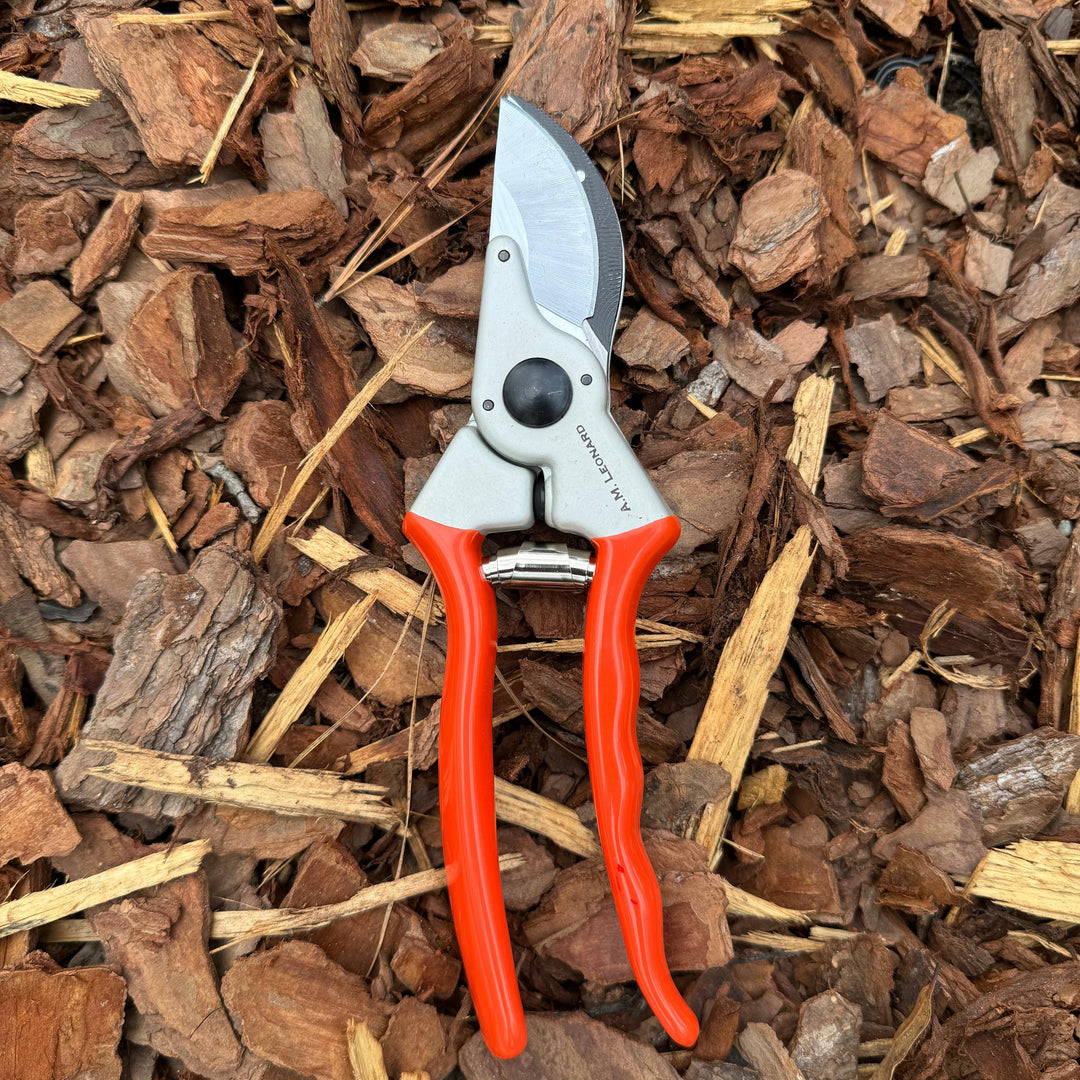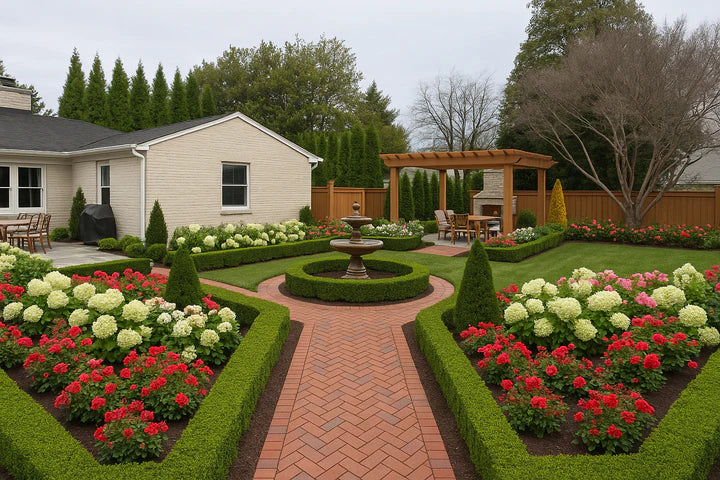Hackberry, scientifically known as Celtis occidentalis, is a deciduous tree native to North America. It belongs to the family Ulmaceae and is commonly found in the eastern and central parts of the United States. Hackberry trees are known for their hardiness and adaptability to various soil conditions.
These trees can grow up to 60 feet tall and have a rounded crown with a spreading canopy. The leaves of the hackberry tree are simple, alternate, and have a serrated margin. They are dark green in color and turn yellow in the fall, adding a beautiful touch of autumn color to landscapes.
Hackberry trees produce small, round fruits that ripen to a dark purple or black color in the late summer or early fall. These fruits are loved by birds and other wildlife, making hackberry trees a great choice for attracting wildlife to your garden.
|
Type: |
|
|
Origins: |
Central North America |
|
Height: |
40’ - 60’ |
|
Spread: |
40’ - 60’ |
|
Spacing: |
50’ |
|
USDA Hardiness Zone: |
2 - 9 |
|
Culture: |
|
|
Bloom Color: |
Green |
|
Season of Interest: |
MAINTENANCE NEEDS: Low maintenance. Hackberry nipple gall and witches' broom are very common but harmless problems. Powdery mildew and leaf spot may occur. Watch for lacebugs and scale.
LANDSCAPE USES: Specimen planting or mass plantings, Woodland Garden, Naturalized Areas, Native Garden, and Shade Tree.
COMPANION PLANTS: Pine, Rhododendron, Hardy Ferns
IMAGES: Adam Shaw, Mature Hackberry (Celtis occidentalis), Chicago, IL, CC BY-SA 3.0, (2) R. A. Nonenmacher, Celtis occidentalis 08837, CC BY-SA 4.0, (3) R. A. Nonenmacher, Celtis occidentalis 09638, CC BY-SA 4.0, (4) R. A. Nonenmacher, Celtis occidentalis 00356, CC BY-SA 4.0, (5) Andrei kokelburg, Tg.Mures zona cetatii (1), CC BY-SA 3.0 RO
*As plants have ranges in appearance they may not appear as the images shown.



































































